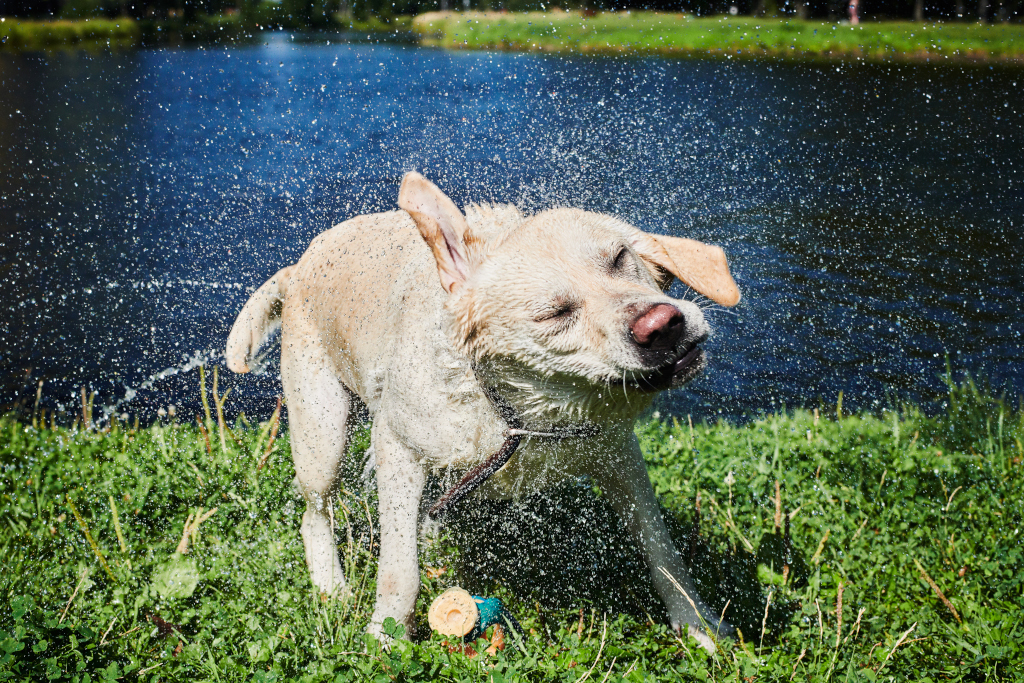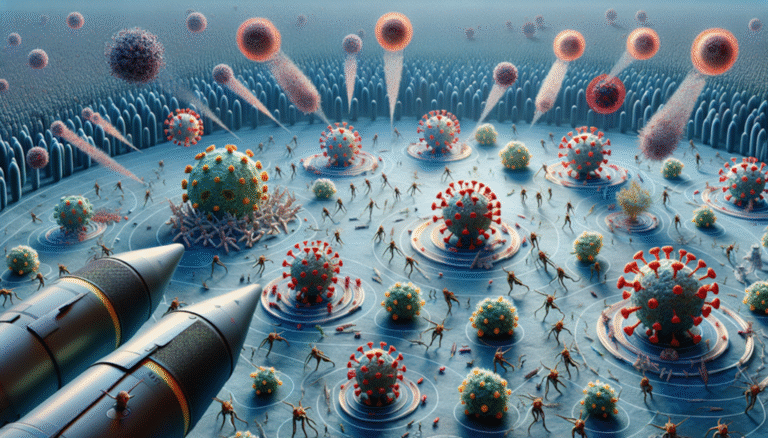It started with a few innocent scratches behind the ears. Maybe a paw was licked raw. Then came the sleepless nights, the prescriptions, the vet visits you weren’t prepared for. And all the while, as your beloved pet scratched and sneezed, you found yourself reaching for tissues too.
If it feels like your pet’s allergies are mirroring your own, you’re not imagining things. There’s growing evidence that our modern lives—and even our modern air—are making both us and our pets more allergic than ever before.
The allergy rise isn’t just a human problem anymore
Over the past few decades, allergy rates in humans have skyrocketed. But here’s what most people don’t realize: our pets are right there with us.
Recent data shows that nearly 1 in 5 dogs—that’s about 20%—display allergy symptoms reported by their owners. And cats? They’re not immune either. Respiratory irritation, itchy skin, chronic infections—these are becoming alarmingly common in household pets.
But what’s behind this parallel trend? Why are both animals and humans breaking out, coughing up, or scratching more than ever?
The unexpected link: urban living and the “clean” life
Researchers are pointing toward something called the hygiene hypothesis. It sounds fancy, but the concept is simple—it’s the idea that our obsession with cleanliness and our shift from rural to urban environments may be hurting our health more than helping it.
And yes, pets are part of that story too.
- Less microbial exposure: Gone are the days when dogs roamed farms and humans were gut-deep in dirt. Urban life limits exposure to diverse microbes that once trained our immune systems (and theirs) to stay calm.
- Indoor confinement: Pets, like us, spend more time indoors—breathing filtered air, being bathed frequently, and walking on concrete instead of grass and soil.
- Air pollution and processed diets: These shared environmental stressors may trigger sensitivities in both humans and animals.
A surprising 2018 study: pet and owner, allergic in sync
One study out of Sweden in 2018 looked at nearly 200 dog-owner households. The results were eye-opening: dogs living with allergic owners were more likely to be allergic themselves.
That’s right—your allergy-prone body could be influencing your pet’s immune system. Whether through shared dust mites, air pollutants, or even stress, your lifestyle is quite literally rubbing off on them.
But wait—how do symptoms differ?
Here’s where it gets complicated: while the root causes may be similar, pets show their allergies very differently.
- Humans: Sneezing, rashes, asthma, runny eyes—these are the classics.
- Pets: Chronic scratching, ear infections, overgrooming, hot spots, and digestive issues are more common.
So you might be sniffling while your dog licks his paws raw. Different expressions, same underlying problem.
So what can you do?
Living allergy-free isn’t realistic. But there are small steps you can take to reduce triggers for both yourself and your four-legged family member:
- Keep it outside-friendly: Increase outdoor walks on grass or trails rather than paved sidewalks when possible. Let them smell real dirt again.
- Ease up on “over-cleaning”: Ditch the antibacterial everything unless it’s truly necessary.
- Diversify their gut health: Talk to your vet about probiotics or diet choices that reflect what pets evolved to eat. It can make a big difference.
- Allergy testing: Yes, there are tests for pets, too. If symptoms persist, testing can help craft a real treatment plan—not just guesswork.
In the end, your lifestyle is their lifestyle
We treat pets like family—because they are. And just like children who mimic our habits, they’re also sharing our environment, our dust, our stress—and yes, our allergies.
So next time your dog starts sneezing, take a look around you, not just at them. Because sometimes, helping them feel better starts with helping ourselves.
And maybe, just maybe, a little dirt under the paws and under our nails isn’t such a bad thing after all.




Leave a Comment